HACCP certification achieved again
This year, of course, we have once again managed to obtain our HACCP certification.
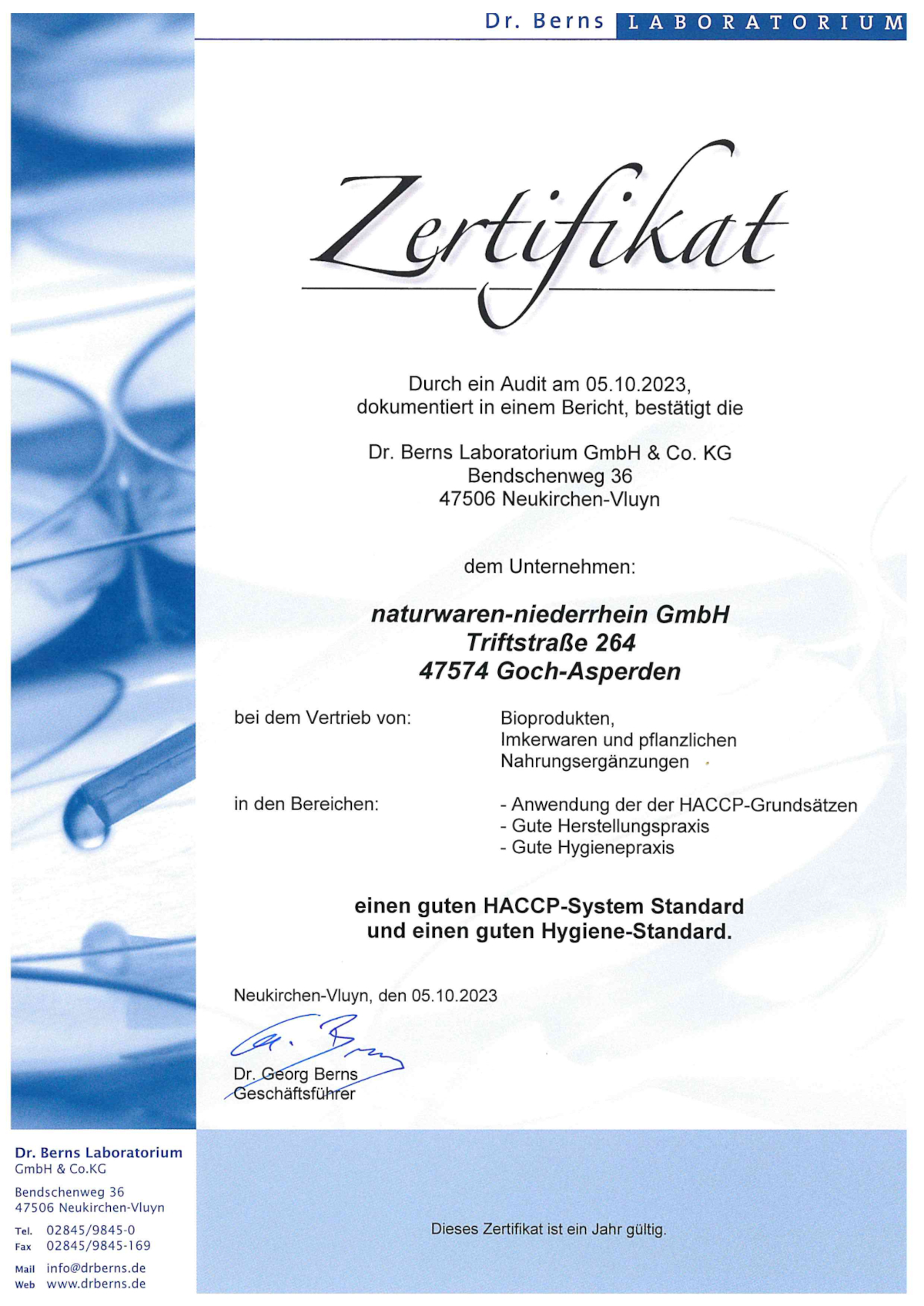
What is this certification all about?
The HACCP concept explained using a few examples
A food producer has to meet a wide range of requirements to ensure that a foodstuff meets legal, health and taste/smell requirements.

In the case of a plant-based product, this process begins in the field, as this is where the first undesirable substances can creep in.
Problems that can affect any farmer are microbial contamination, such as E. coli or enterobacteria, or contamination brought in from the field in the form of soil, sand or stones.
In conventional agriculture, plant protection products such as pesticides and herbicides naturally also play a role.
These are not used in organic farming. However, undesirable plants that may contain toxins such as pyrrolizidine alkaloids, which are toxic to the liver, may colonize the fields.
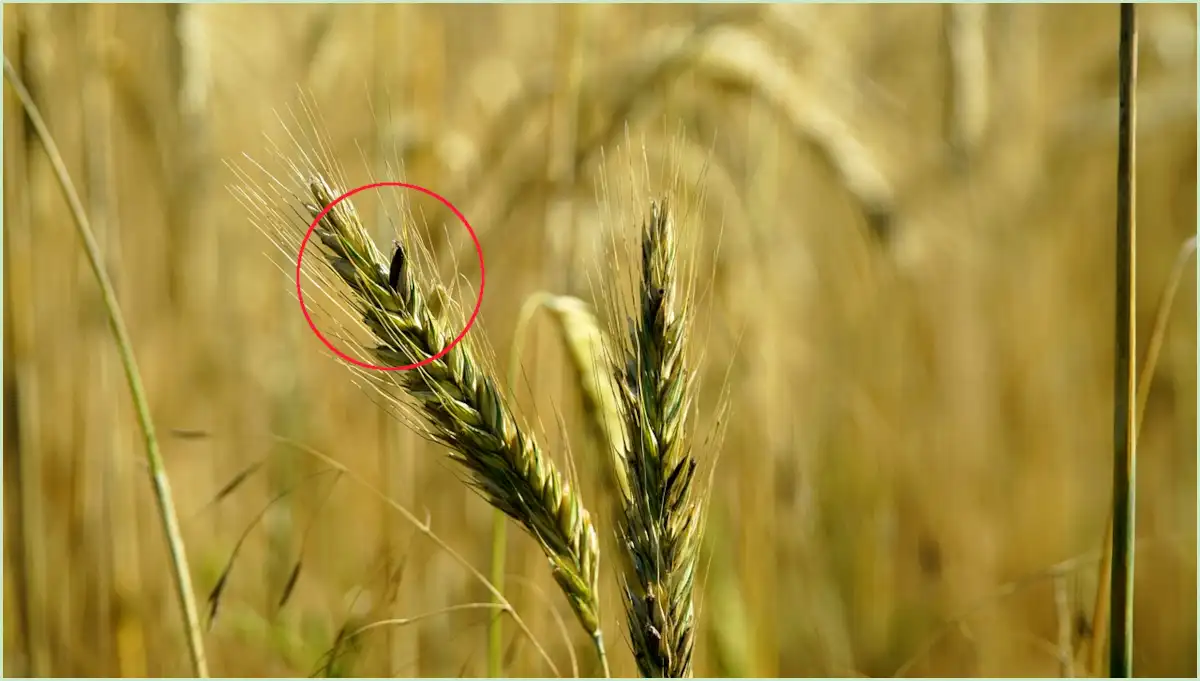
Unwanted guests can also be found on the plants themselves, such as ergot on cereals. This is a toxin-producing type of fungus.
While ergot is only found on cereals, pyrrolizidine alkaloids are not only produced by weeds, but also by some food plants themselves, such as chamomile, borage or legumes, as protection against predators.
Pyrrolizidine alkaloids are also all too familiar to beekeepers, as bees are known to have a flight radius of more than 3 km and therefore naturally fly to flowers whose plants produce pyrrolizidine alkaloids.
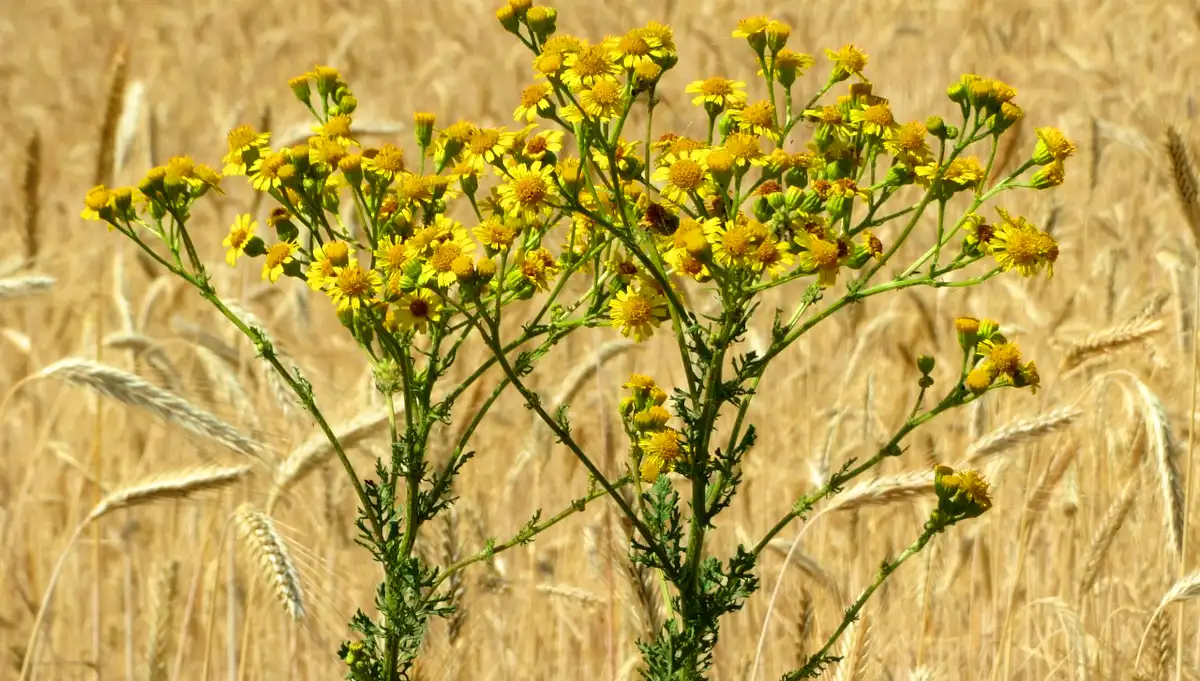
Preventing these types of contamination is the task and obligation of a conscientious food producer. The background to this is provided by EU Regulation (EC) No. 852/2004 on the hygiene of foodstuffs. This regulates the tasks that a food manufacturer or processor must fulfill and prescribes the use of an HACCP concept.
HACCP stands for "hazard analysis and critical control points" and describes the measures that an operator must take to ensure that a foodstuff is fit for human consumption.
It is not mandatory for this concept to be checked by a third party and it is therefore up to the retailer to apply and adhere to this concept.
It is clear that this works more or less well depending on the producer and their conscientiousness.
We have therefore undertaken to have our company inspected by an external body to ensure that all specifications are meticulously adhered to and that we can guarantee our customers the highest product standards.
But what does the implementation of the HACCP concept look like in practice?
Let's start with the examples above to explain how to prevent contamination right from the first production step.
As already described, farmers, both conventional and organic, face various challenges.
While the use of various pesticides is permitted in conventional agriculture, it is prohibited in organic farming, with a few exceptions.
This means that different things need to be taken into account here.
Fortunately, when it comes to the use of pesticides and herbicides, a lot no longer helps a lot. On the contrary, there are precise guidelines on how much of a particular product may be applied to the field and the farmer is obliged to store and treat such toxic substances with the greatest possible care and only apply as much to the field as is absolutely necessary. Nowadays, this is often digitally controlled.
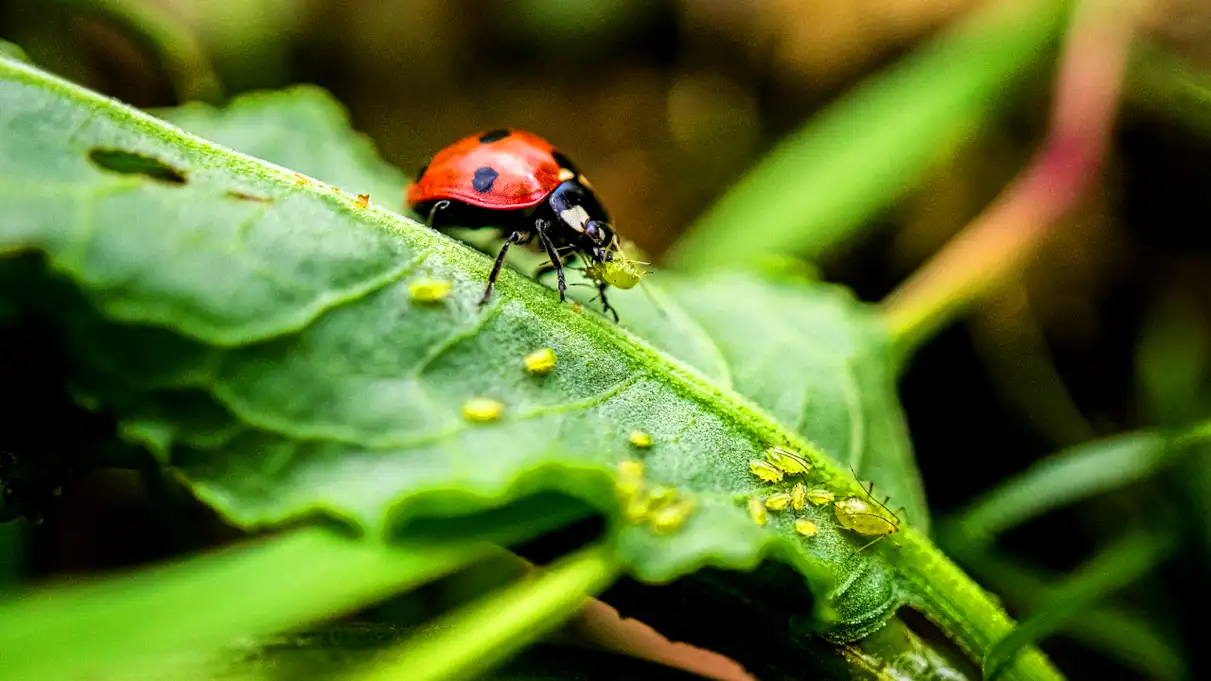
Organic farmers naturally do not have this "luxury" and either have to live with a certain amount of weeds growing in their fields or they have to remove them manually or mechanically.
Natural pest controllers, for example, can be used against predators. These days, bacteria, pheromone traps, parasitic wasps and many other things are used. Further information can be found under the following link.
Once harvested, the crop must be carefully cleaned to ensure that it does not contain microbial contamination or coarse components.
Depending on the product, it passes through a sieving or washing system, for example, or is sorted or cleaned manually.
For some foods, however, there is also a rush after the duck, as they have to be dried or frozen to prevent them from spoiling or forming mold.
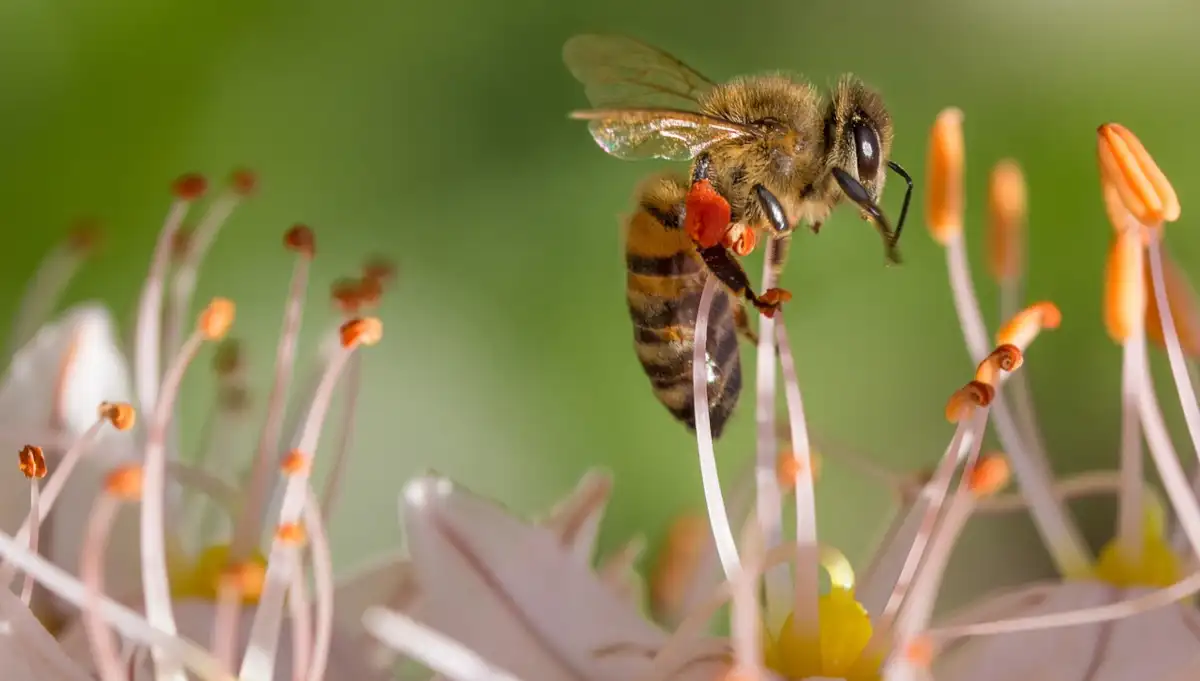
This is also the case with Bee Pollen (Bio), for example. These naturally contain a relatively high degree of moisture and must be regularly removed from the pollen trap by the beekeeper and dried promptly.
However, these measures, which form the basis of safe food production, are not sufficient to ensure that a product is ultimately fit for consumption.
A laboratory analysis should always be used for this purpose. A risk-based analysis can then be carried out for each product group.
Risk-based means that different analysis values are relevant for each product group.
An analysis for microbiological contamination is useful in any case, as a product that grows in the open air can of course always contain bacterial contamination.

Each product group therefore has its own risk potential and it is the task of the food business operator to react appropriately.
However, the responsibility does not end here, as food can of course also be contaminated during processing. For example, the machines used can become a source of danger. On the one hand, it must be ensured that the machines are properly cleaned before use to prevent microbiological contamination or the introduction of other products. This is particularly relevant for allergy sufferers.
Secondly, parts can come loose from the machines used or, in the event of irregular or improper maintenance, harmful substances that are actually intended to contribute to the correct functioning of the machine can be transferred from the machine.
In the case of spray drying systems, for example, lubricants that are required for the correct functioning of the atomizer can get into the dried product if the device is poorly maintained or adjusted or is poorly monitored.
After processing, food must be packaged and here, too, it is important to ensure the right type of packaging, as not all packaging is suitable for food.

Plastic packaging can, for example, contain plasticizers, so-called phthalates, which can migrate from the packaging into the product.
Plasticizers can alter the body's hormone balance. Contact with food should therefore be avoided wherever possible. For packaging that is approved for food, there are so-called declarations of conformity that can and must be requested from the manufacturer to ensure that the packaging used meets the requirements for the product.
Of course, contamination can also creep in during the packaging process. For this reason, it is important to train the people involved in the process in handling food so that hygiene measures such as hand washing or wearing a head and face mask are observed. On the other hand, care must also be taken when cleaning and disinfecting the equipment involved to ensure that suitable agents are used so that they do not become contaminants themselves.
Of course, food not only has to be packaged, but also stored and transported to the customer.
Extensive requirements are also placed on storage. These can vary greatly depending on the product. In any case, storage should be clean and dry and it must be ensured that the product is not infested with pests during storage.

Refrigerated goods present a special challenge, as it must be ensured that the refrigeration units do not fail at any time and that the cold chain is maintained without interruption. This means, of course, that the refrigeration temperature must be regularly checked and documented.
Of course, this also applies to the transportation route from the producer to the retailer. Once transportation has been completed, it is again the responsibility of the recipient to check whether there were any irregularities during the transportation process. This could be an interruption in the cold chain, damage to the goods, contamination by other transported goods, which could make them unsuitable for use as food, or even a pest infestation. The goods must be meticulously checked after transportation, especially when transported by shipping container, as there is a high risk of pest infestation depending on the country of origin.
All of these measures are just a small part of a comprehensive HACCP concept that a food producer has to follow, but are nevertheless part of the basics of a conscientious producer and retailer to ensure that the customer receives a flawless product at all times.